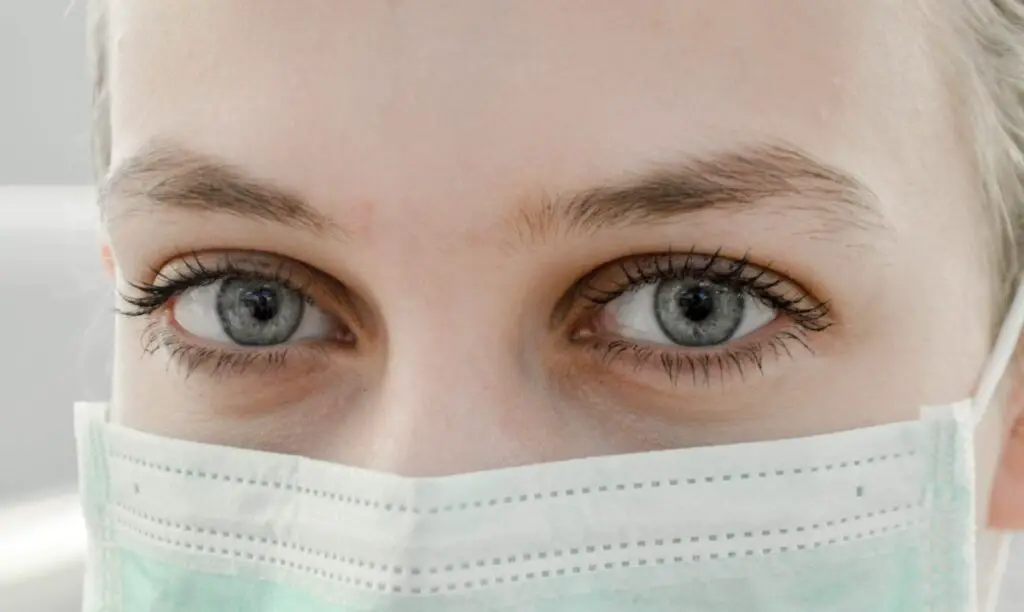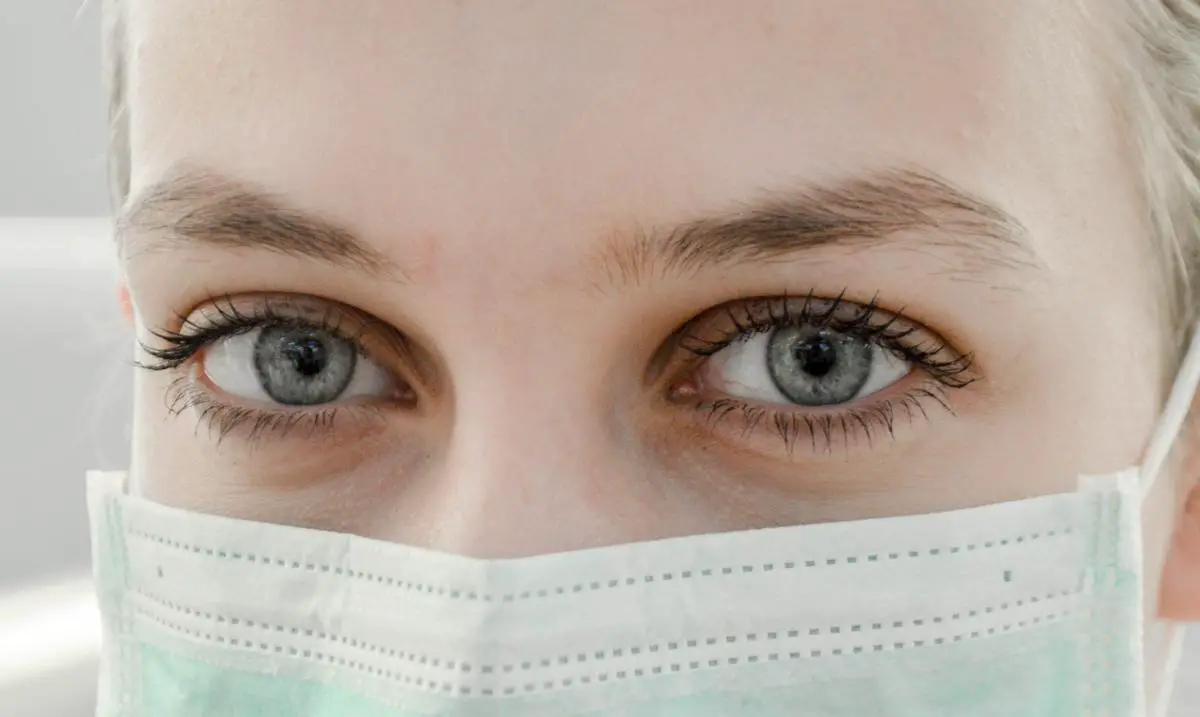Innovations in Ocular Regenerative Medicine: Perspective
By Fahmina Jawed
As an optometrist and educator, I am constantly reviewing new research in eye care to understand how it can improve patient outcomes. Recently, I explored the latest breakthroughs in ocular regenerative medicine, a rapidly evolving field that is redefining treatment options for patients with previously untreatable eye conditions. From corneal repair using stem cells to gene editing for inherited retinal disorders, these innovations are shaping the future of ophthalmology.

Understanding Ocular Regenerative Medicine
Ocular regenerative medicine refers to techniques that repair, replace, or regenerate damaged eye tissues using advanced therapies. This includes stem cell therapies, 3D bioprinting of ocular tissues, and gene editing technologies. These approaches aim to restore vision in patients with corneal diseases, retinal degeneration, and genetic eye disorders. For optometrists, understanding these methods helps guide patients and collaborate effectively with ophthalmologists.
Stem Cell Therapies: Restoring the Cornea
One of the most promising innovations is cultivated autologous limbal epithelial cells (CALEC) therapy. In patients with severe corneal damage, stem cells are harvested from a healthy eye, expanded in a laboratory, and transplanted to the affected cornea. Clinical studies demonstrate that this method can restore vision, reduce dependence on traditional corneal grafts, and lower rejection risk.
Key benefits include:
- Improved visual acuity in patients with corneal scarring
- Reduced complications compared to traditional grafts
- Potential long-term restoration of healthy corneal epithelium
However, careful patient selection, precise surgical technique, and rigorous postoperative monitoring are critical for success.
3D Bioprinting: Customizing Ocular Tissues
3D bioprinting is another revolutionary technique that allows scientists to create patient-specific retinal tissues. Using stem cells, researchers can print retinal pigment epithelium (RPE) tissues to model diseases like age-related macular degeneration (AMD). This provides a platform for testing treatments in a laboratory setting before clinical application.
Advantages of 3D bioprinting:
- Personalized treatment models for degenerative retinal diseases
- Better understanding of disease progression and mechanisms
- Potential to develop patient-specific cell replacement therapies
Challenges remain in scaling this technology for widespread clinical use and obtaining regulatory approvals. Nevertheless, the potential for personalized ocular medicine is immense.
Gene Editing: Precision Therapy for Retinal Disorders
Gene editing technologies like CRISPR-Cas9 are being investigated to correct genetic mutations causing inherited retinal diseases. By repairing or replacing faulty genes, these therapies offer the possibility of permanent vision restoration. Early trials show promise, but long-term safety and ethical considerations are critical, especially regarding germline editing and off-target effects.
For optometrists, understanding these advances is essential to:
- Educate patients about emerging therapies
- Collaborate with ophthalmologists and geneticists
- Stay updated on evolving clinical protocols
Future Directions and Clinical Implications
Ocular regenerative medicine is poised to revolutionize how we treat eye diseases. From stem cell-based corneal repairto 3D bioprinted retinal tissues and gene therapies for inherited retinal conditions, these advances offer hope for patients with previously untreatable conditions.
As eye care professionals, it is our responsibility to:
- Stay informed about emerging technologies
- Integrate evidence-based regenerative therapies into practice
- Educate patients about new treatment options
By doing so, we can help shape the future of eye care and significantly improve the quality of life for patients with vision impairment.
References / Bibliography
- National Eye Institute. “Novel Stem Cell Therapy Repairs Irreversible Corneal Damage: Clinical Trial.” https://www.nei.nih.gov/about/news-and-events/news/novel-stem-cell-therapy-repairs-irreversible-corneal-damage-clinical-trial
- National Eye Institute. “3D Bioprinting of Eye Tissue Using Patient-Derived Stem Cells.” https://www.nei.nih.gov/about/news-and-events/news/nih-researchers-use-3d-bioprinting-create-eye-tissue
- Medscape Ophthalmology. “Gene Editing for Retinal Disorders.” https://www.medscape.com/viewpublication/10327_26
- National Eye Institute. “Audacious Goals Initiative.” https://www.nei.nih.gov/about/goals-and-accomplishments/nei-research-initiatives/audacious-goals-initiative
Discover more from An Eye Care Blog
Subscribe to get the latest posts sent to your email.


You must be logged in to post a comment.